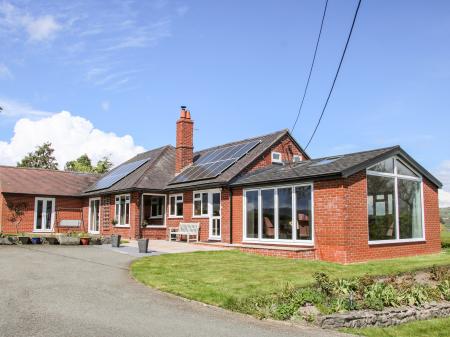
The story of Lymore Park is essentially the story of the Herbert family. There was a timber-framed house here as early as the 16th century and the Herberts kept purchasing land and adding it to the parkland. The estate was largely given over to a deer park at this time.
The 16th century house was rebuilt as Lymore Lodge in 1675 for Edward Herbert, Lord of Chirbury. At this time the deer park was converted into an artistic landscape of carefully planted trees and water features. The Herbert family later moved to Powis Castle, and Lymore was abandoned to decay.
The parkland surrounding the historic house at Lymore still exists however, as a landscape park, with scattered trees, ponds, and woodland. On the east the parkland is bordered by Offa's Dyke, and by open grassland. Scattered trees include oak, chestnuts, and copper beeches. The Decoy Pool, as its name suggests, was used to lure passing wildfowl to land, where they could be trapped.
The first record of a garden at Lymore dates to 1786, when a rectangular enclosure was laid out east of the house, divided by paths into 6 compartments. The same layout can be seen today.
Lymore Park is notable today as a late 17th century landscape park, with arranged planting of trees and a later decoy pond.
NOTE
Lymore is not currently open to the public, but there are several public footpaths through the park that will enable modern visitors to enjoy this historic landscape. There are paths off the B4385 and B4386, and from the town centre of Montgomery at the end of Lymore View.
 We've 'tagged' this attraction information to help you find related historic attractions and learn more about major time periods mentioned.
We've 'tagged' this attraction information to help you find related historic attractions and learn more about major time periods mentioned.


